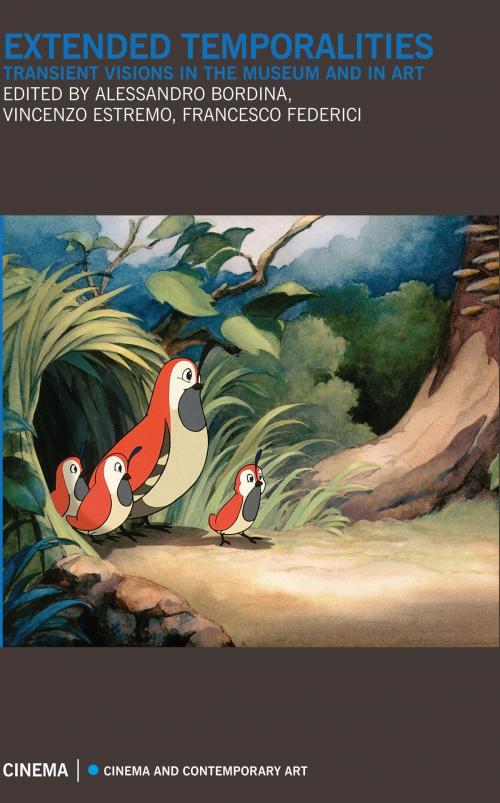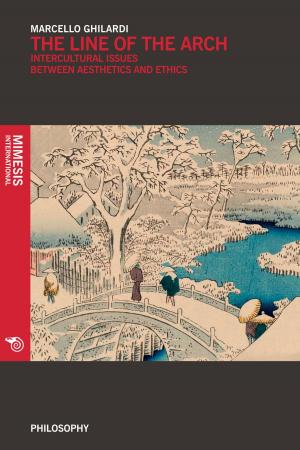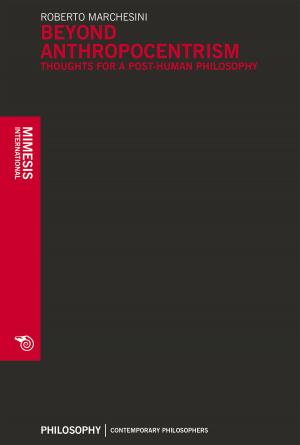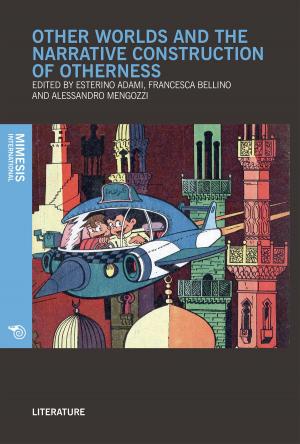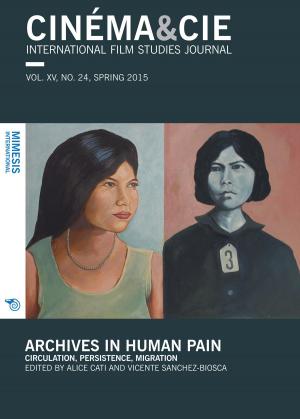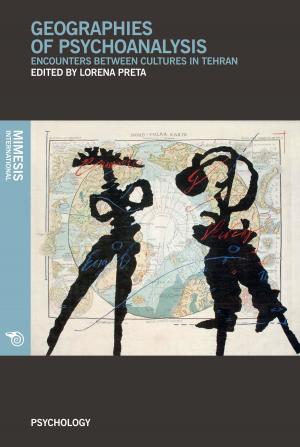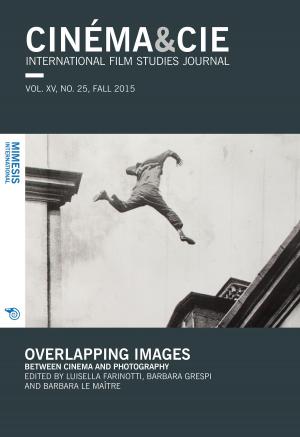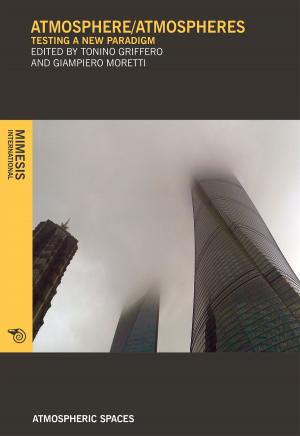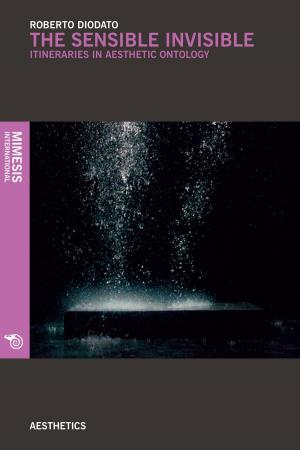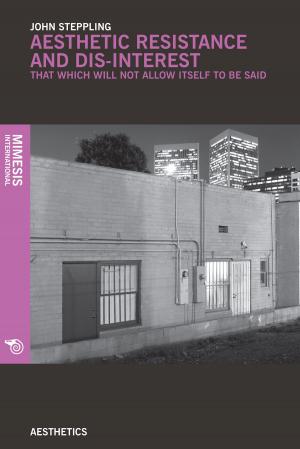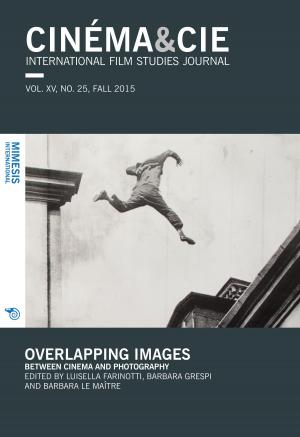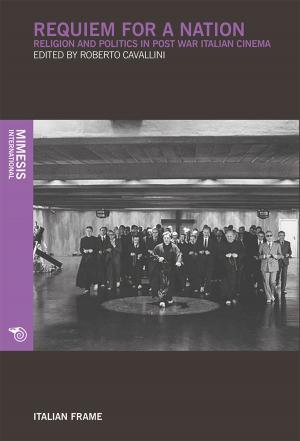| Author: | Aa. Vv. | ISBN: | 9788869770753 |
| Publisher: | Mimesis International | Publication: | June 27, 2016 |
| Imprint: | Mimesis International | Language: | English |
| Author: | Aa. Vv. |
| ISBN: | 9788869770753 |
| Publisher: | Mimesis International |
| Publication: | June 27, 2016 |
| Imprint: | Mimesis International |
| Language: | English |
This book contains a series of reflections on the theme of temporalities in cinema in the world of art. They do so interweaving various paths, and various structures, in order to arrive at different destination points. Which temporalities, one may wonder. On the boundary between cinema and contemporary art, where boundaries actually no longer exist, the idea of temporality is affected by paths opened up in historical moments which are actually so recent as to be simply in front of our eyes. Video, for example, derived from television, has since been “overtaken” by the digital evolution, yet does not relinquish its domestic function: it re-creates itself in new forms. The same also applies to cinema. Art is certainly not limited to this, but, since it is determined by its technical form, in this it continually finds essence and continuity: thus a temporality emerges which is determined by technology and by technological change. Just as with the temporality determined by the spectator’s viewing experience, it reveals itself as being, in part, the personal essence of the subject. Therefore they are extended temporalities, since they are determined by the unique and unrepeatable combination of the length as predicted by the creator of the work, and the unpredictable time management of the observer of the work, sometimes bored, thoughtful, concentrated, patient... An extendable temporality.
This book contains a series of reflections on the theme of temporalities in cinema in the world of art. They do so interweaving various paths, and various structures, in order to arrive at different destination points. Which temporalities, one may wonder. On the boundary between cinema and contemporary art, where boundaries actually no longer exist, the idea of temporality is affected by paths opened up in historical moments which are actually so recent as to be simply in front of our eyes. Video, for example, derived from television, has since been “overtaken” by the digital evolution, yet does not relinquish its domestic function: it re-creates itself in new forms. The same also applies to cinema. Art is certainly not limited to this, but, since it is determined by its technical form, in this it continually finds essence and continuity: thus a temporality emerges which is determined by technology and by technological change. Just as with the temporality determined by the spectator’s viewing experience, it reveals itself as being, in part, the personal essence of the subject. Therefore they are extended temporalities, since they are determined by the unique and unrepeatable combination of the length as predicted by the creator of the work, and the unpredictable time management of the observer of the work, sometimes bored, thoughtful, concentrated, patient... An extendable temporality.
